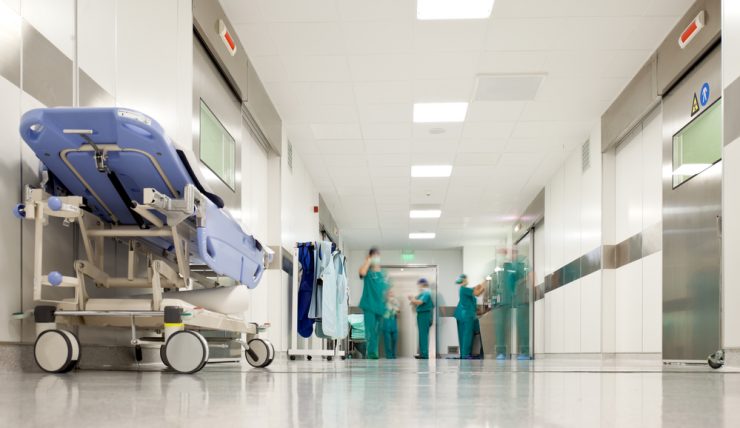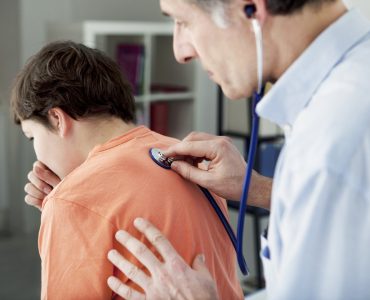Definition:
Coccydinia is a term which is used to refer the pain occurring at the spinal area around coccyx. Sometimes it is also referred as coccygodynia.
Before into the details of Coccydinia we shall review a bit about human anatomy
Coccyx is also known as tail bone, believed to be the remnant of the tail in the humans formed from the last remaining bones of the spine located just above the cleft of the buttocks.
Coccyx is formed out of three bones fused loosely.
Causes:
There are multiple causes for coccydinia but the most underlying cause is damage to the tail bone itself or the tissues surrounding the tails bone.
Some of the causes for damages are:
Child birth;
Child birth might cause trauma to the ligaments and tissues surrounding the tail bones. Physiologically the body releases various hormones which makes the fused bone more flexible thus while child birth avoiding any serious trauma , but in few even with the hormones released due to defective pelvis or huge baby or malnourishment the trauma to the surrounding tissues are unavoidable .
Once there is trauma to the surrounding tissues it cannot hold the coccyx in the right way resulting in compression of certain nerves resulting in pain.
Injury to Coccyx.
Injury to tail bone can occur in different way, like falling from ice skating or from horse and landing on the bone, this causes the bone to break and any dislocation from the normal position will result in a chronic pain.
Weight of the body
Being overweight or underweight might result in coccydinia. Excess fat might rub against the bone causing aberrations and resulting in pain, being underweight results in direct bone coming in contact with the surface and results in aberration, thus having a normal BMI is very essential.
Improper posture
People who engage in sitting improper for a long time, like professional drivers or software people who spend more time sitting on the chair will suffer from coccydinia.
Strain Injury to the spine:
Repetitive injury to the ligaments and muscles surrounding the tail bone will result in pain. This can occur by leaning forward a long time or bending spine for a long time which might cause a permanent damage to the tissues resulting in pain.
Secondary causes
Any injury to spine higher up than tail bone might cause coccydinia too, this usually occurs during multiple trauma, or by stretching the spine during lifting heavy weight.
Symptoms:
Constant lower back ache
Pain shooting to the thighs and legs.
Pain in the gluteus region.
Pain during menstrual periods especially in women.
Sometimes pain during sex.
Diagnosis:
Diagnosis sometimes is fair and simple and can be based on complaints and past history, I n order to confirm the doctor might advise X-rays of spine both AP view and lateral view while sitting and standing.
Comparison of the X-ray might yield valuable information on how the bone density is, and whether there is fracture of the bone and the diagnosis can be made. In some cases like injury to soft tissues an MRI can be advised.












